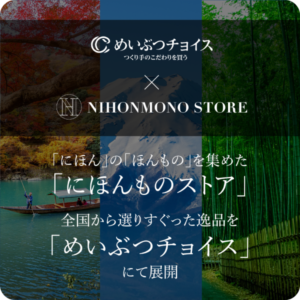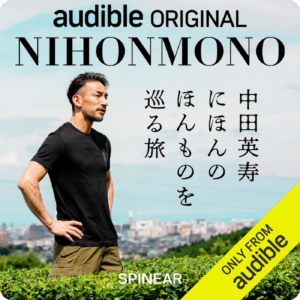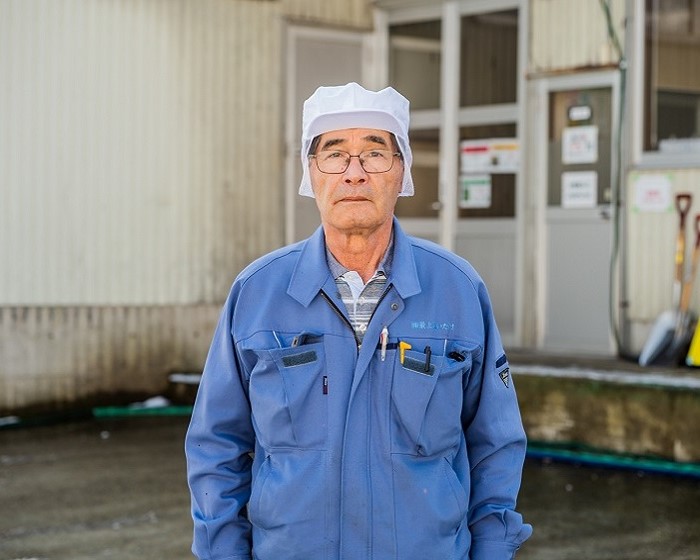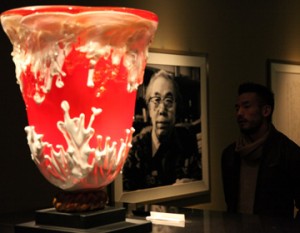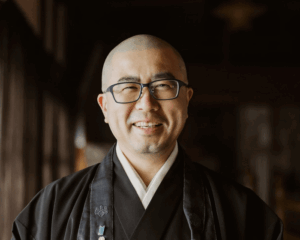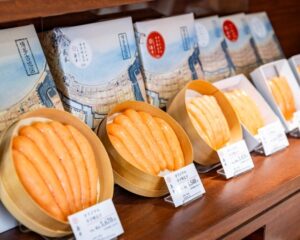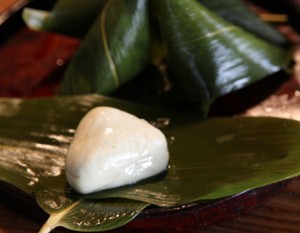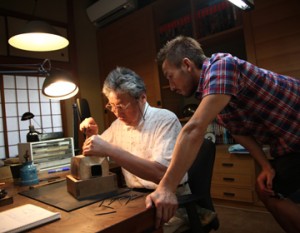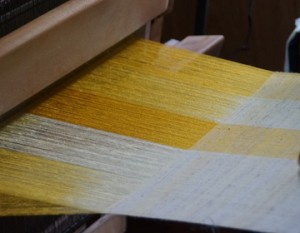Salmon River Village in Yamagata Prefecture is known for its vast forests and treasure trove of natural mushrooms. Since the 1950s, mycorrhizal cultivation has flourished and the village is also known as the “Mushroom Kingdom. We visited “Mogami Maitake Co., Ltd.” which cultivates rare mushrooms such as “yamabushitake” and “tobiiro maitake” by making full use of their advanced technology.
Salmon River Village, Yamagata Prefecture, known as the “Mushroom Kingdom
Salmon River Village is a small village with a population of approximately 4,000 located in the Mogami region of northern Yamagata Prefecture. The village, with its vast forests, has a humid climate characteristic of a basin, and mushrooms grow wild on broadleaf trees such as mizunara oak, konara oak, and beech oak. As a result, there has long been a food culture of eating mushroom dishes. In addition to the natural mushrooms that can be collected, mycorrhizal cultivation is now thriving, accounting for approximately 60% of the prefecture’s total production. Eight varieties of mushrooms, including nameko mushrooms, shiitake mushrooms, and beech mushrooms, are produced at any given time, and the prefecture is also known as the “Mushroom Kingdom.
Mushroom cultivation started as a wintertime livelihood
The main industry of Salmon River Village is agriculture. The village’s traditional work style was to grow paddy rice and buckwheat from spring to fall, and then go to the Kanto region in the winter to work as migrant workers. However, transportation from the village to the Kanto region was not convenient, and the migrant workers would be separated from their families for several months. One day in the 1950s, while thinking of ways to create a livelihood in the area and live in the village year-round, they received information about mushroom bed cultivation in Nagano Prefecture. The village farmers thought that “mushroom bed cultivation could be done in a facility, making it ideal for off-season work,” so they immediately went to Nagano Prefecture to learn cultivation techniques, and the entire village engaged in cultivation through a trial-and-error process. Mogami Maitake was founded in 1976 as Mogami Kinoko Bussan, a cultivator of enokitake mushrooms, and changed its name to Mogami Maitake Bussan in 1990. The company currently grows three types of mushrooms: maitake, yamabushitake, and shiitake, and has won the Minister of Agriculture, Forestry, and Fisheries Award, the top prize, several times at the Yamagata Prefecture Mushroom Show. At the competition, mushrooms are judged on the color, shape, and size of their umbrellas, as well as the thickness of their stems.
Making mushroom beds, the basis of mushroom cultivation
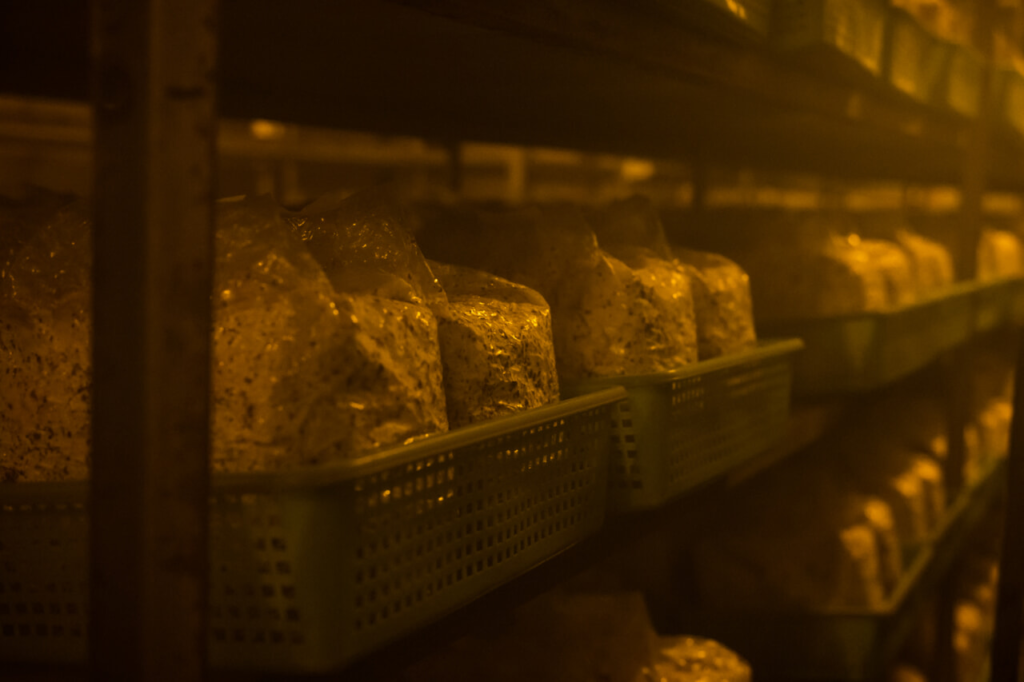
In mushroom bed cultivation, sawdust and nutrient bodies (such as soy-derived materials) are mixed together and the moisture content adjusted to create a medium that can be used in place of raw wood. The medium contains fungi and bacteria other than mushrooms, and the presence of these organisms not only prevents mushrooms from growing in the mushroom bed, but can also cause harm to other mushroom beds. For this reason, it is important to sterilize the medium at a high temperature of 100 degrees or more. After sterilization, the culture medium is rapidly cooled to between 15°C and 20°C. Then, the “seed fungus” (a mass of cultivated mycelium and spores) is planted, and the fungus is allowed to spread in an environment with a temperature of around 25°C and a humidity of around 65%. The cultivation period varies depending on the species, and is around 25 days, 45 days, or 150 days.
Managing the temperature and humidity to be comfortable for the mushrooms
After cultivation, the mushrooms are grown by setting the optimal temperature and humidity for each variety. For example, in the case of natural mushrooms, the harvest time differs depending on the variety, with maitake mushrooms being harvested at the beginning of September and natural nameko mushrooms being harvested in the second half of November. When cultivating mushrooms indoors, it is important to adjust the temperature and humidity to suit each variety, taking into account the environment in which the natural mushrooms grow. When cultivating multiple types of mushrooms, it is necessary to have appropriate heating and cooling facilities, and as this is expensive, most places only grow one type of mushroom. However, at Mogami Maitake, they have compared the environments in which multiple types of mushrooms grow, and have introduced air conditioning systems that are suitable for the cultivation of maitake, yamabushitake and shiitake mushrooms.
Yamabushitake, which is popular for its unique texture

Mogami Maitake is involved in the production of “Yamabushitake”, which is produced by only three companies in the whole country. This mushroom, which has a mysterious texture, has long been known as a luxury item in China and is highly prized as one of the four great delicacies. It is also a species that grows wild in Japan, and its name comes from the fact that it resembles the Buddhist priest’s stole (bontan) worn by Yamabushi monks.
Normally, mushroom growers buy mushroom spawn, but the company president, Mr. Masato Araki, personally collects mushrooms from the mountains with a passion for producing mushrooms with a better taste. He then cultivates them to increase production.
The Yamabushitake variety of Mogami maitake mushrooms is characterized by its low bitterness and beautiful shape. It goes well with clear soup, Chinese-style eight-treasure hotpot, udon noodles, and oden, and is used in hotpots and medicinal hotpots at restaurants that deal with them. When made into soup, it has a texture similar to shark fin, and when deep-fried, it is similar to fried chicken, and it is said to be attracting attention as an alternative meat.
It does not lose its color and is used in Japanese food. The “Tobiiro Maitake” mushroom has an outstanding flavor and texture.
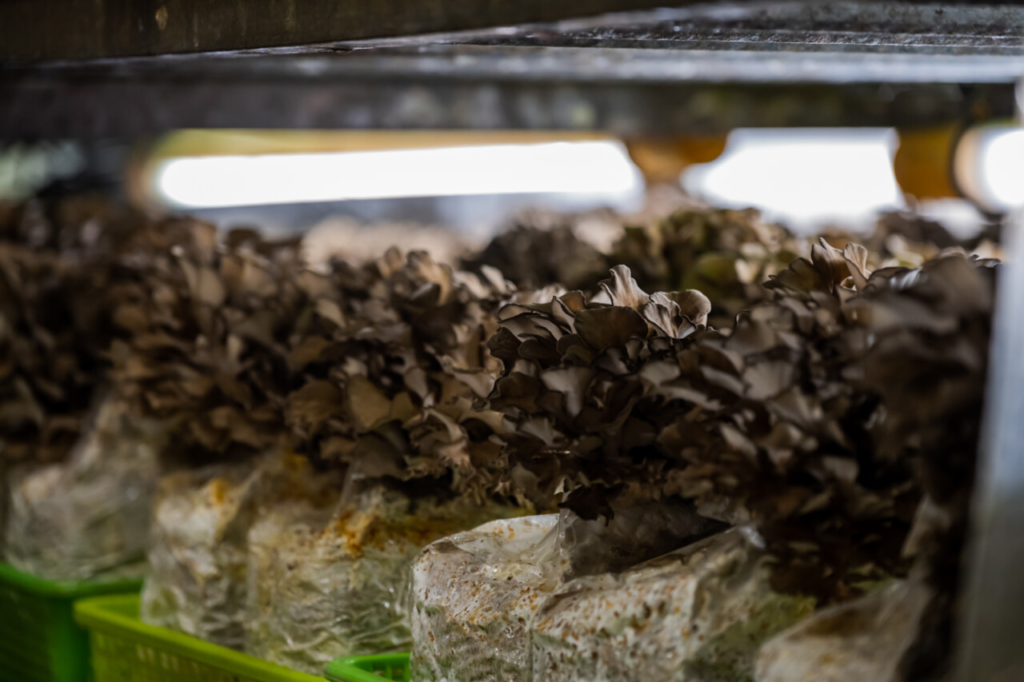
Tobiiro maitake is an original maitake mushroom produced only in the world’s best maitake mushroom, and its name comes from the color of the feathers of the Oriental cormorant.
When you put regular black maitake mushrooms in soup, the color of the soup darkens, but white maitake mushrooms don’t lose their color, but they lack flavor and texture.
In contrast, Tobiiro Maitake mushrooms do not lose their color and retain their beautiful color, and they also have a good flavor and texture. They are a mushroom with many good qualities: they are soft and have no astringent taste, they have a firm texture, and they do not fall apart when cooked. They are in high demand from Japanese inns and restaurants.
Reproducing the growth environment experienced by the president in the mountains
Like the yamabushitake, Tobiiro-maitake was also discovered by Araki-san during his many years of visiting the mountains to collect various mushrooms. He went into the mountains looking for maitake that would not lose its color when added to soup, and that had a good flavor and texture, and he discovered it at the beginning of autumn. After that, in order to check what kind of environment would be best for cultivation, the president went into the mountains and experienced the temperature and humidity first-hand. They cultivate the mushrooms in an environment with a temperature of 24°C and a humidity of 65% for about 45 days, and then allow them to grow for about 15 days in an environment with a temperature of 18°C and a humidity of 99% or more.
To preserve the freshness of the mushrooms, they are sold whole, without being cut up
Normally, maitake mushrooms are cut up and sold in packs, but Tobiiro Maitake is sold whole, in boxes with the whole mushroom intact. The reason for this is that if they are cut, the cells break down from the cut and the aroma and flavor are lost. By selling the whole mushroom, they can be enjoyed in their freshest, most delicious state after harvesting. This style of selling is also perfect for gifts. The large mushrooms with their beautiful shapes and colors have a strong impact and are said to be appreciated by many people.
Contributing to food, society and people through mushroom cultivation
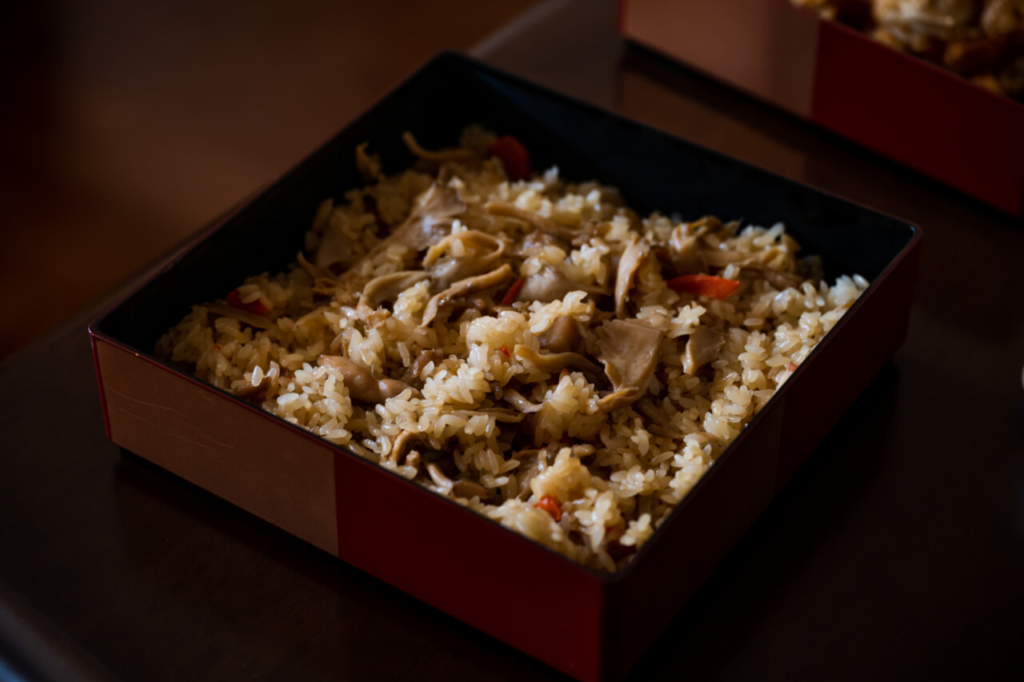
With the motto of “contributing to food, contributing to society, and contributing to people”, Mogami Maitake is creating new values in the mushroom culture and communicating them to the world. One way they do this is through the production of processed products. They are actively engaged in the development of products that contribute to people’s health, such as mushroom powder and supplements. They also produce frozen maitake tempura and rice seasoning products so that busy people can easily enjoy delicious mushroom dishes.
In 2020, they completed construction of their new “Naramaya Farm” factory. They aim to achieve stable production of shiitake and maitake mushrooms, and to contribute even more to society.
Passing on the technology they have built up to the next generation
At Mogami Maitake, the challenge is to pass on the techniques to the younger generation in their 20s, and they are considering creating video manuals as a way of teaching that is suited to the times. Specifically, they are considering filming the work of both new and experienced employees to help them recognize the differences between them. Mr. Araki and his son, Managing Director Satoshi Araki, look to the future, saying, “We want to build better relationships with our employees as we pass on our techniques, and continue to make better mushrooms in the future.”
For decades, the Mogami Maitake Mushroom Company has been cultivating its technology steadily, with a passion for mushrooms that has seen them repeatedly visiting the forest to collect and cultivate mushrooms, and spending time in the forest to get a feel for the environment that mushrooms prefer. In their trial and error search for an environment in which mushrooms can live comfortably, they must have felt a love for their children. This love bore fruit, and led to the birth of the “Tobiiro Maitake” brand, the only one of its kind in Japan. I hope that the technology we have developed will be passed on so that many people can continue to enjoy the unique flavor and texture of this mushroom in the future.
